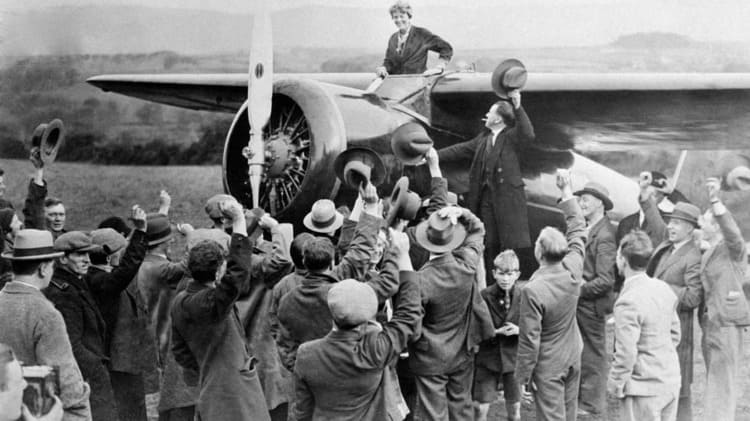On May 20, 1932, something extraordinary happened in the skies above the North Atlantic.
A determined woman named Amelia Earhart climbed into a red Lockheed Vega airplane and took off from Harbour Grace, Newfoundland.
Nearly 15 hours later, she landed in a green pasture near Derry, Northern Ireland—cold, exhausted, and covered in oil—but alive and victorious.
That day, she became the first woman to fly solo across the Atlantic Ocean.
It wasn’t just a personal milestone. It was a global moment.
A reminder that with enough courage and grit, boundaries—both physical and societal—can be broken.
Let’s take a closer look at how Amelia pulled off one of the most daring feats in aviation history.
Who Was Amelia Earhart?
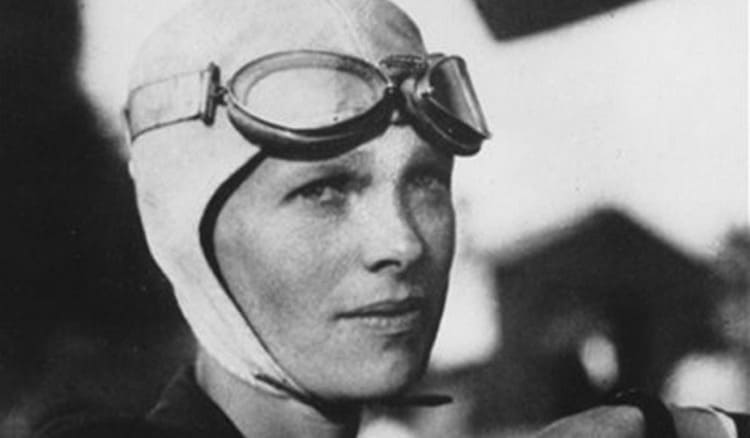
By 1932, Amelia Earhart was already a well-known name. Just four years earlier, in 1928, she had become the first woman to fly across the Atlantic—but as a passenger.
That flight made headlines, but it also left her with a desire for more.
As she put it, “I was just baggage, like a sack of potatoes.”
Earhart wasn’t content being in the backseat of history.
She wanted to pilot the plane herself, and she wanted to do it solo.
At the time, Charles Lindbergh was still the only person who had flown solo nonstop across the Atlantic, making his famous flight from New York to Paris in 1927.
If Amelia succeeded, she would not only become the first woman to do it solo—she’d also be only the second person in history to complete such a journey.
The Plane: Lockheed Vega 5B
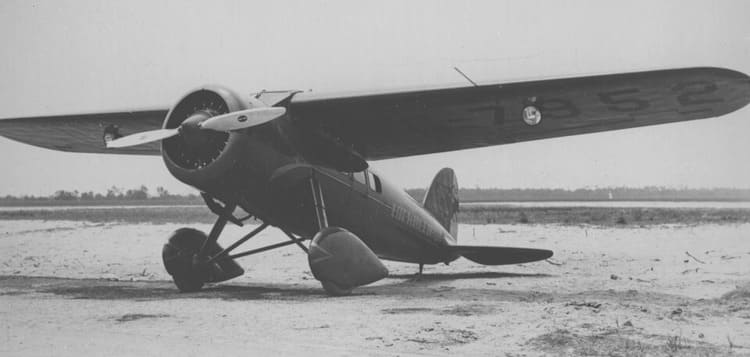
For her daring mission, Earhart chose a Lockheed Vega 5B.
It was a single-engine, high-wing monoplane, built with speed and distance in mind. She had it specially modified for the long, fuel-heavy trip.
Extra fuel tanks were installed, and a more powerful engine was added.
But make no mistake: by today’s standards, this was still a fragile, basic machine.
No GPS. No autopilot. No heated cockpit.
Just Amelia, her compass, some maps, a thermos of soup, and raw determination.
The Takeoff: May 20, 1932

Earhart took off from Harbour Grace at 7:12 p.m. local time.
She aimed to follow roughly the same route Lindbergh had used—though her final destination wasn’t exact. She hoped to reach Paris, or at least somewhere in continental Europe.
Almost immediately, the weather gave her trouble.
She flew into strong headwinds, thick clouds, and icy conditions. Her altimeter—the instrument that tells a pilot how high they are—failed early on.
That’s a serious problem when flying through clouds where visibility is low.
And to make things worse, her plane began to leak fuel.
Then, the exhaust manifold cracked, filling the cabin with noxious fumes and smoke.
But Earhart pressed on.
In her later accounts, she said she kept the cockpit window open just to breathe. Icy winds roared inside. Her fingers went numb.
At one point, she went into a brief spin—likely from icing on the wings—but managed to regain control. It wasn’t just a test of flying skill. It was a battle of endurance and nerve.
The Landing: Derry, Northern Ireland
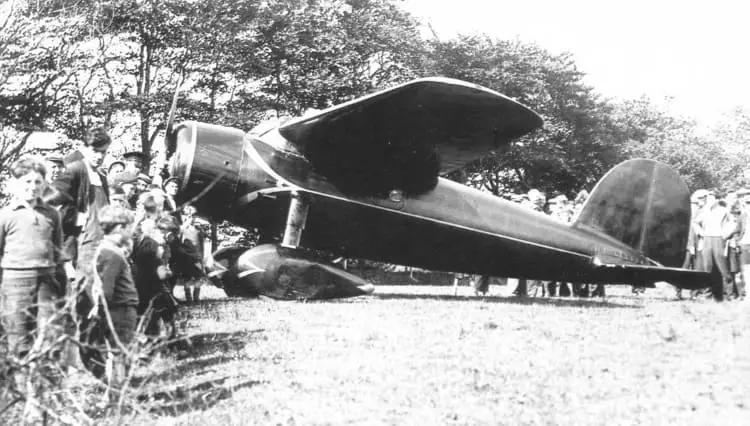
After 14 hours and 54 minutes in the air, Earhart spotted land.
It wasn’t France or even England—it was a green pasture in Culmore, just outside Derry, Northern Ireland.
Her plane was nearly out of fuel, and she knew she had to land.
The field was muddy and rough. As she touched down, the plane bounced and skidded, nearly tipping forward. But she made it.
A farmhand approached her cautiously and asked if she had flown far.
“From America,” she replied.
It was a quiet, almost funny moment to cap an epic journey.
Amelia Earhart had just made history, but in that moment, she was simply a tired pilot who had flown through hell and landed in a field.
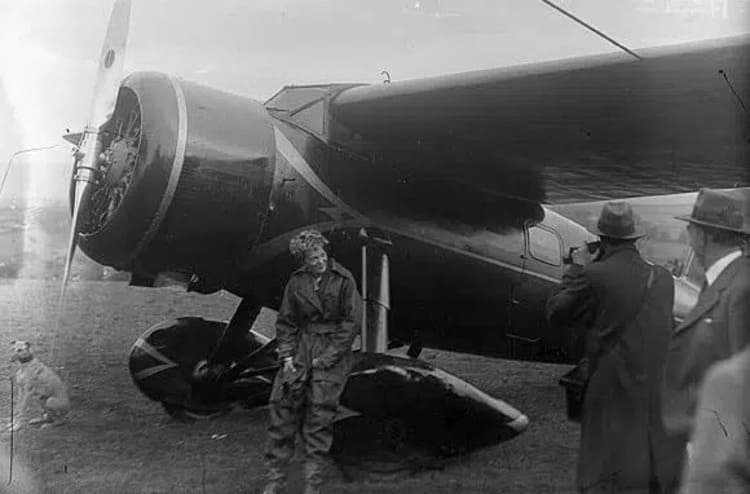
The World Reacts

News of her achievement spread like wildfire.
Earhart was instantly a global sensation.
President Herbert Hoover awarded her the Distinguished Flying Cross—the first ever given to a woman.
She also received the Cross of Knight of the Legion of Honor from France and the Gold Medal of the National Geographic Society, presented by President Hoover himself.
More importantly, her flight inspired millions, especially women and girls, to imagine new possibilities for their lives.
Earhart wasn’t just a pilot. She was a symbol.
A living reminder that courage, preparation, and confidence could take you places no one thought possible.
Why This Flight Meant So Much More
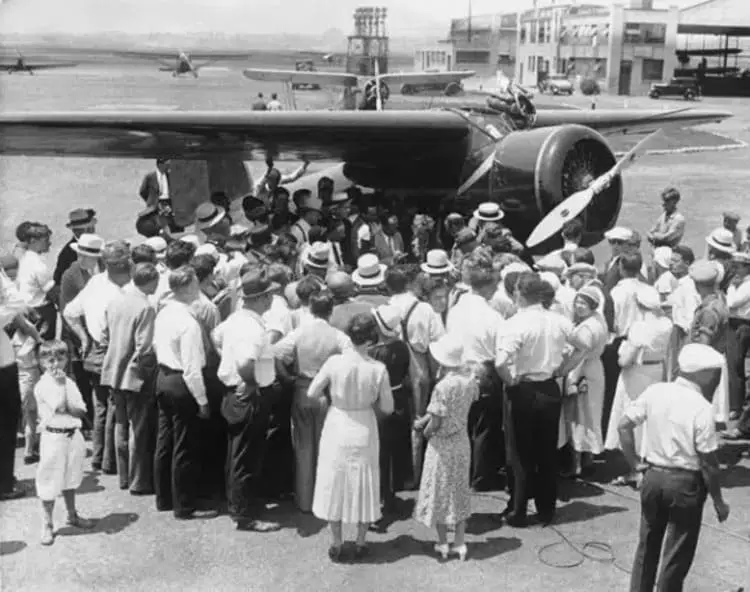
Amelia Earhart’s solo transatlantic flight wasn’t just about crossing an ocean—it was about crossing boundaries that had held women back for centuries.
In 1932, aviation was still a new and risky venture, dominated almost entirely by men.
Pilots were seen as heroes—brave, technical, daring.
For a woman to take on such a feat alone, in a world that still questioned whether women should vote, work, or wear trousers, was radical.
Amelia’s flight proved that courage had no gender.
She faced every danger that Lindbergh had faced—and more—and did it not to compete, but to contribute.
She didn’t just want to be the first woman. She wanted to be a good pilot. A serious one. Someone who earned her place through skill, discipline, and persistence.
And that mattered.
It mattered to the girls who saw her in the newspapers and thought: maybe I can do something bold, too.
It mattered to women who’d been told to stay quiet, who saw Amelia speak with confidence and authority about engines, weather, and navigation.
And it mattered to men, too—many of whom began to shift their thinking about what women could do, simply because they saw her do it.
After the flight, Earhart didn’t rest.
She used her fame to campaign for equal rights, to push for women’s involvement in science and aviation, and to speak and write about the importance of independence.
She took meetings with presidents, signed autographs for schoolgirls, and lobbied for changes in how society saw women’s roles. She was as comfortable in a leather flight jacket as she was testifying before Congress.
Her solo flight wasn’t the end of the story—it was the launchpad.
It marked the moment when Amelia Earhart stopped being simply a pilot and became a symbol: of possibility, of freedom, and of a future rewritten.
When she took off from Newfoundland that chilly May evening in 1932, she didn’t just cross an ocean—she moved history forward.
And nearly a century later, her journey still lifts people up.
